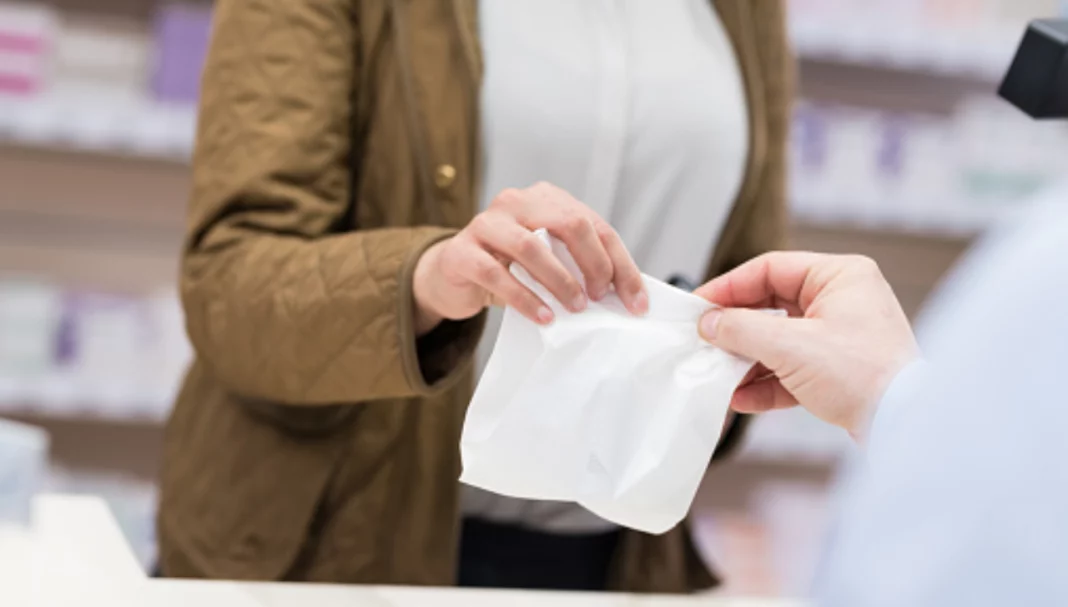Case scenario
The son of a regular customer comes into your Queensland pharmacy to tell you his father has passed away from cancer. He asks what he should do with his father’s leftover medicines, which include oxycodone tablets. You advise him that he can return the medicines to the pharmacy as part of the national Return Unwanted Medicines (RUM) project. Later that day, he returns with a bag full of medicines, advising you that there are no needles or glass ampoules in the bag.
Introduction
Medicines, if disposed of unsafely, have the potential to both cause damage to the environment and pose a risk to public safety.1 The National Return and Disposal of Unwanted Medicines project (RUM project) enables customers to return medicines that are no longer required, have expired or are damaged, to any community pharmacy for disposal.1
This is a free service for customers, available only at community pharmacies. It was established to ensure all medicines are disposed of safely, reducing the risk of accidental childhood poisoning, medication misuse or confusion, and environmental damage.1
Schedule 8 medicines, however, due to their risk of harm and diversion, can only be placed in the RUM bin (following local legislation requirements) once they have been rendered unusable and unrecognisable by an authorised person.1
It is the pharmacist’s responsibility to ensure Schedule 8 medicines are disposed of in a manner which does not present a risk to public health or safety and is legislatively compliant.
This article discusses the processes of Schedule 8 medicine disposal and pr
THIS IS A CPD ARTICLE. YOU NEED TO BE A PSA MEMBER AND LOGGED IN TO READ MORE.















